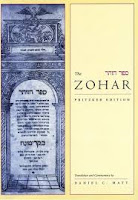With George RR Martin’s The Winds of Winter experiencing further delays, what other great new fantasy books can we sink our teeth into?
The Winds of Winter may have originally been scheduled for publication before the sixth season of Game of Thrones aired, but fans of the fantasy series are still waiting for author George RR Martin to put his pen down, despite the TV season having already finished. Some have even speculated that the book will not be released until early 2017.
All that book readers have to go on for the moment are the potential spoilers given away by the TV show, although the two do not share all the same plot lines, and an excerpt of a chapter entitled Ariane published by the author on his website.
To keep our fantastic imaginations whirring, there are thankfully several new fantasy novels that have just been, or are about to be, released: Behind the Throne by KB Wagers, The Obelisk Gate by NK Jemisin, Age of Myth by Michael J Sullivan, The Wheel of Osheim by Mark Lawrence and Summerlong by Peter S Beagle.
See these books here at Hindustan Times











